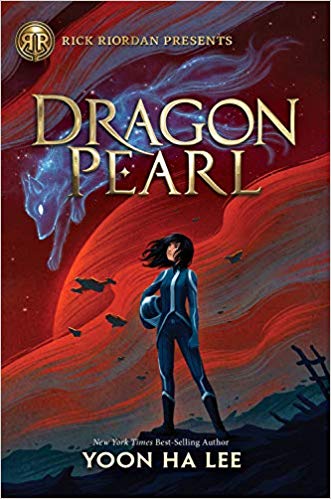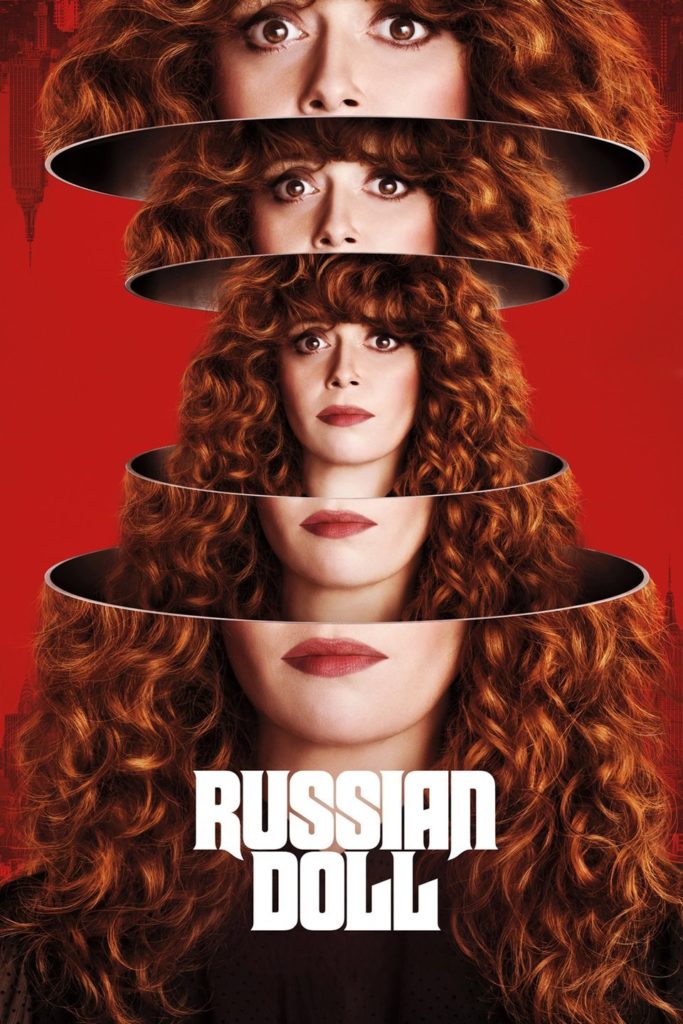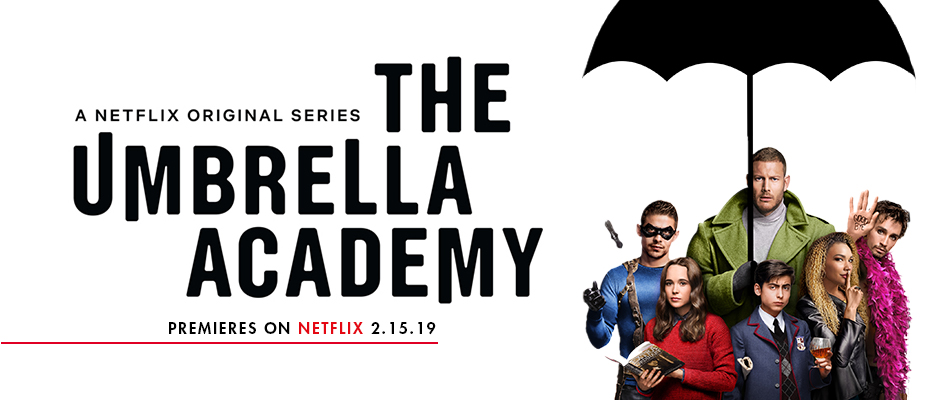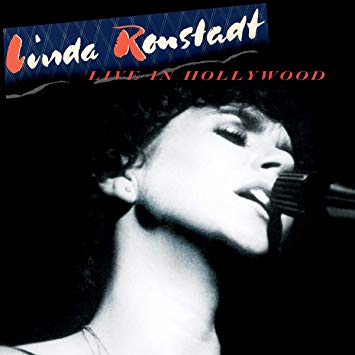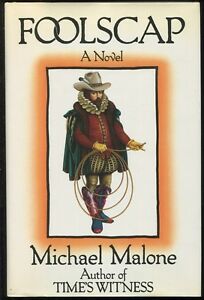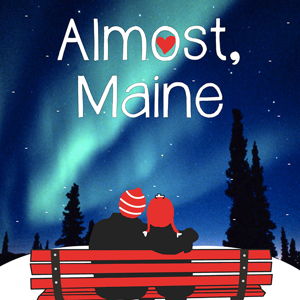
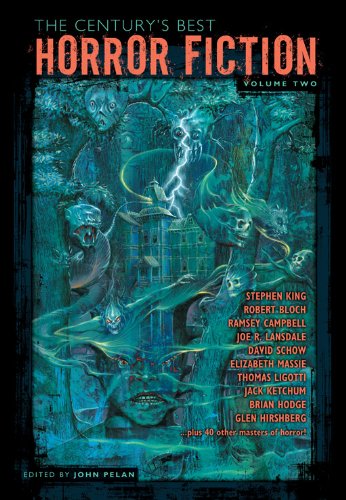
Cemetery Dance Publications published this massive 2-volume anthology in 2011. Somehow, this set slipped past my radar until I discovered it by accident about a month ago. Yes, it’s taken me about a month to read all 100 stories (as well as reading other stuff).
John Pelan, a gifted editor and horror aficionado, works under some self-imposed rules in structuring this anthology. First, he would choose only ONE story per writer. So, that means there’s only one Stephen King story in The Century’s Best Horror Fiction instead of a dozen. Second, Pelan chooses ONE story per year that he considers the best. Given those constraints, I think Pelan does a fabulous job selecting representatives stories. And, I appreciated Pelan’s introductions to each story where he identifies contending stories that didn’t quite make the cut.
In Volume 1, my favorite stories were “Thirteen at Table” by Lord Dunsany, “The Outsider” by H. P. Lovecraft, C. L. Moore’s classic “Shambleau,” Clark Ashton Smith’s “The Dark Eidolon,” Robert E. Howard’s “Pigeons from Hell,” C. M. Kornbluth’s “The Words of Guru,” Manly Wade Wellman’s “Shonokin Town,” Theodore Sturgeon’s “Bianca’s Hands,” Shirley Jackon’s classic “The Lottery,” and Richard Matheson’s “Born of Man & Woman.”
In Volume 2, my favorite stories were Russell Kirk’s “Uncle Isiah,” Robert Sheckley’s “The Altar,” Robert Bloch’s classic “That Hell-Bound Train,” Charles Beaumont’s “The Howling Man,” Ray Russell’s “Sardonicus,” Robert Arthur’s “The Mirror of Cagliostro,” Karl Edward Wagner’s classic “Sticks,” Bob Leman’s “The Pilgrimage of Clifford M.,” Joe R. Lansdale’s horrific “The Night They Missed the Horror Show,” Elizabeth Massie’s “Stephen,” and Thomas Ligotti’s “The Glamour.”
All in all, you’ll not find a better 1571-page anthology of the 20th Century’s best stories! GRADE: A
TABLE OF CONTENTS:
VOLUME ONE:
One Hundred Years of Horror By John Pelan 9
1901: Barry Pain — “The Undying Thing” 11
1902: W.W. Jacobs — “The Monkey’s Paw” 29
1903: H.G. Wells — “The Valley of the Spiders” 39
1904: Arthur Machen — “The White People” 49
1905: R. Murray Gilchrist — “The Lover’s Ordeal” 79
1906: Edward Lucas White — “House of the Nightmare” 87
1907: Algernon Blackwood — “The Willows” 95
1908: Perceval Landon — “Thurnley Abbey” 135
1909: Violet Hunt — “The Coach” 149
1910: Wm Hope Hodgson — “The Whistling Room” 165
1911: M.R. James — “Casting the Runes” 179
1912: E.F. Benson — “Caterpillars” 197
1913: Aleister Crowley — “The Testament of Magdalen Blair” 205
1914: M.P. Shiel — “The Place of Pain” 227
1915: Hanns Heinz Ewers — “The Spider” 237
1916: Lord Dunsany — “Thirteen at Table” 257
1917: Frederick Stuart Greene — “The Black Pool” 265
1918: H. De Vere Stacpoole — “The Middle Bedroom” 285
1919: Ulric Daubeny — “The Sumach” 291
1920: Maurice Level — “In the Light of the Red Lamp” 301
1921: Vincent O’Sullivan — “Master of Fallen Years” 305
1922: Walter de la Mare — “Seaton’s Aunt” 317
1923: George Allen England — “The Thing From—”Outside” ” 343
1924: C.M. Eddy, Jr. — “The Loved Dead” 361
1925: John Metcalfe — “The Smoking Leg” 371
1926: H.P. Lovecraft — “The Outsider” 383
1927: Donald Wandrei — “The Red Brain” 389
1928: H.R. Wakefield — “The Red Lodge” 397
1929: Eleanor Scott — “Celui-La” 409
1930: Rosalie Muspratt — “Spirit of Stonehenge” 423
1931: Henry S. Whitehead — “Cassius” 429
1932: David H. Keller — “The Thing in the Cellar” 459
1933: C.L. Moore — “Shambleau” . 465
1934: L.A. Lewis — “The Tower of Moab” 489
1935: Clark Ashton Smith — “The Dark Eidolon” 501
1936: Thorp McCluskey — “The Crawling Horror” 523
1937: Howard Wandrei — “The Eerie Mr Murphy” 539
1938: Robert E. Howard — “Pigeons from Hell” 549
1939: Robert Barbour Johnson — “Far Below” 573
1940: John Collier — “Evening Primrose” 585
1941: C.M. Kornbluth — “The Words of Guru” 595
1942: Jane Rice — “The Idol of the Flies” 603
1943: Anthony Boucher — “They Bite” 623
1944: Ray Bradbury — “The Jar” 633
1945: August Derleth — “Carousel” 647
1946: Manly Wade Wellman — “Shonokin Town” 657
1947: Theodore Sturgeon — “Bianca’s Hands” 679
1948: Shirley Jackson — “The Lottery” 687
1949: Nigel Kneale — “The Pond” 695
1950: Richard Matheson — “Born of Man & Woman” 701
VOLUME TWO:
1951: Russell Kirk — “Uncle Isiah” 9
1952: Eric Frank Russell — “I Am Nothing” 25
1953: Robert Sheckley — “The Altar” 45
1954: Everil Worrell — “Call Not Their Names” 53
1955: Robert Aickman — “Ringing the Changes” 89
1956: Richard Wilson — “Lonely Road” 115
1957: Clifford Simak — “Founding Father” 125
1958: Robert Bloch — “That Hell-Bound Train” 135
1959: Charles Beaumont — “The Howling Man” 149
1960: Fredric Brown — “The House” 163
1961: Ray Russell — “Sardonicus” 167
1962: Carl Jacobi — “The Aquarium” 197
1963: Robert Arthur — “The Mirror of Cagliostro” 207
1964: Charles Birkin — “A Lovely Bunch of Coconuts” 235
1965: Jean Ray — “The Shadowy Street” 247
1966: Arthur Porges — “The Mirror” 279
1967: Norman Spinrad — “Carcinoma Angels” 287
1968: Anna Hunger — “Come” 295
1969: Steffan Aletti — “The Last Work of Pietro Apono” 307
1970: David A. Riley — “The Lurkers in the Abyss” 315
1971: Dorothy K. Haynes — “The Derelict Track” 325
1972: Gary Brandner — “The Price of a Demon” 333
1973: Eddy C. Bertin — “Like Two White Spiders” 343
1974: Karl Edward Wagner — “Sticks” 353
1975: David Drake — “The Barrow Troll” 371
1976: Dennis Etchison — “It Only Comes Out at Night” 381
1977: Barry N. Malzberg — “The Man Who Loved the Midnight Lady” 393
1978: Michael Bishop — “Within the Walls of Tyre” 401
1979: Ramsey Campbell — “Mackintosh Willy” 425
1980: Michael Shea — “The Autopsy” 439
1981: Stephen King — “The Reach” 471
1982: Fritz Leiber — “Horrible Imaginings” 489
1983: David Schow — “One for the Horrors” 535
1984: Bob Leman — “The Unhappy Pilgrimage of Clifford M.” 545
1985: Michael Reaves — “The Night People” 567
1986: Tim Powers — “Night Moves” 579
1987: Ian Watson — “Evil Water” 599
1988: Joe R. Lansdale — “The Night They Missed the Horror Show” 635
1989: Joel Lane — “The Earth Wire” 649
1990: Elizabeth Massie — “Stephen” 659
1991: Thomas Ligotti — “The Glamour” 681
1992: Poppy Z. Brite — “Calcutta Lord of Nerves” 689
1993: Lucy Taylor — “The Family Underwater” 701
1994: Jack Ketchum — “The Box” 707
1995: Terry Lamsley — “The Toddler” 717
1996: Caitlín R. Kiernan — “Tears Seven Times Salt” 735
1997: Stephen Laws — “The Crawl” 747
1998: Brian Hodge — “As Above, So Below” 773
1999: Glen Hirshberg — “Mr. Dark’s Carnival” 825
2000: Tim Lebbon — “Reconstructing Amy” 857
